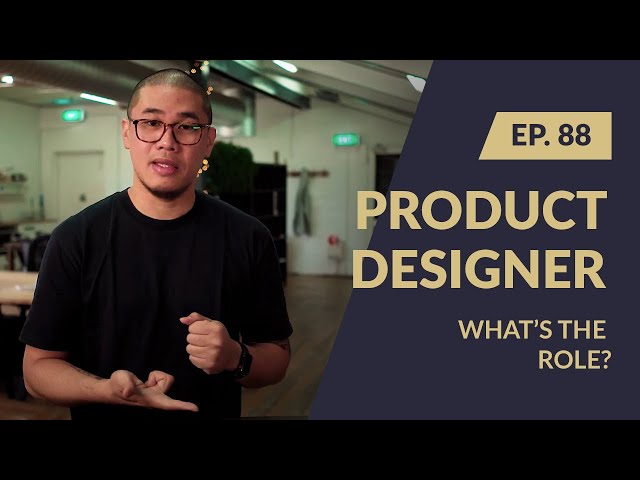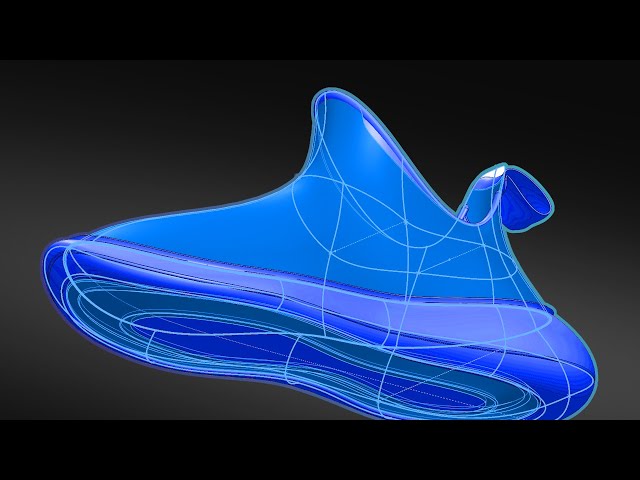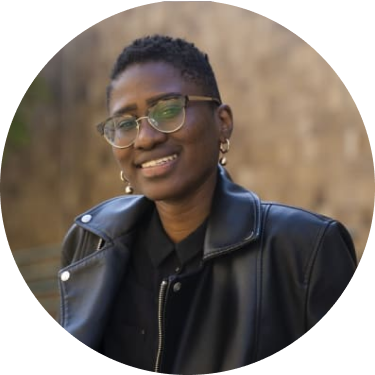How To Become a Product Design Engineer [11 Step Guide]
![How To Become a Product Design Engineer [11 Step Guide]](jpg/how-to-become-a-product-design-engineer-11-step-guide-800x450.jpg)
In this article
- What Is a Product Design Engineer?
- What Are the Roles and Responsibilities of a Product Design Engineer?
- How To Become a Product Design Engineer in 11 Easy Steps
- Product Design Engineer: What Employers Want
- How Much Can You Earn as a Product Design Engineer?
- Where Can You Find Product Design Engineering Jobs?
- FAQs About Becoming a Product Design Engineer
While apps and software might get most of the attention in the tech world, physical products themselves are still essential to the production process. It may sound obvious, but the apps on your iPhone are no good if you don’t have an actual phone to hold in your hand.
Product design engineers are the specialists who build these physical products, and their work is essential to tech, even if their work is often overlooked. Working as a product design engineer requires a mix of design and engineering principles, so if you have an analytical side and a passion for the design process, then this might be the career for you.
Want to learn more about being a product design engineer? Then you’re in the right place. Below, we’ll tell you all about what a product design engineer is, what they do, and how you can become one too.
What Is a Product Design Engineer?
A product design engineer uses specifications, design principles, and market research to build physical products. Their job is to know what consumers want in a product, and then to oversee its design and manufacturing.
What Are the Roles and Responsibilities of a Product Design Engineer?
Product design engineers have a number of roles and responsibilities, including:
- Determining requirements for new products through research
- Designing new products based on the accumulated research and product design principles
- Determining the manufacturing process and production costs that the product will require
How To Become a Product Design Engineer in 11 Easy Steps
While it may require some education along the way, the process of becoming a product design engineer is fairly straightforward. There are a number of key steps that you can take to ensure your success.
-
Learn the Fundamentals
-
Get the Education
-
Stay Up to Date
-
Take a Course or Bootcamp
-
Polish Your Skillset
-
Learn the Tools of Product Design Engineering
-
Build a Strong Portfolio Through Freelance and Volunteer Projects
-
Find a Mentor
-
Pursue an Internship
-
Your Network Is Your Net Worth
-
Research the Companies You’re Applying to, Tailor Your Resume, and Prepare for Your Interviews
Learn the Fundamentals
In order to become a product design engineer, you’ll want to make sure you understand the fundamentals of the product design process. The job also requires an understanding of how to interpret data, how to use design software applications, and how to oversee manufacturing processes.
Get the Education
Many product design engineers have bachelor’s degrees in product design engineering, industrial design, or mechanical design. While this is not required, it is a requirement that you have an understanding of mechanical engineering, data analysis, product design, and, in some cases, graphic design. As you will be overseeing projects, pursuing some education in project management and product development is also recommended.
Stay Up to Date
Take as many opportunities as you can to continue your education in product design. No matter your job title or career path, a career in product design engineering can be enhanced greatly by professional development. Here are some of the best ways to do that:
Books
These are several books that are recommended for beginner to expert product designers.
Logic and Design, Revised: In Art, Science, and Mathematics
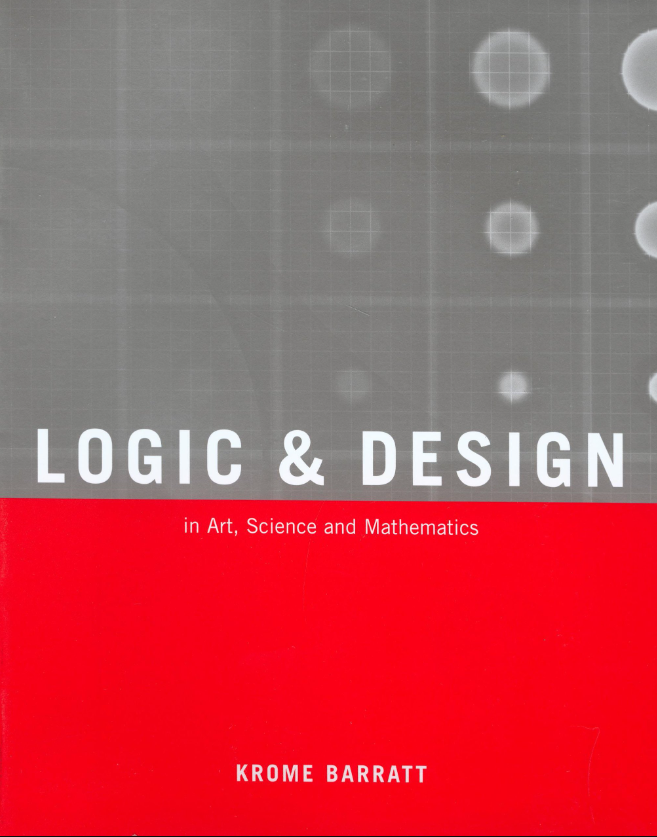
This book, written by Krome Barratt, is a staple for product design engineers. The concepts in Barratt’s book form the foundation for product design.
Artful Design: Technology in Search of the Sublime
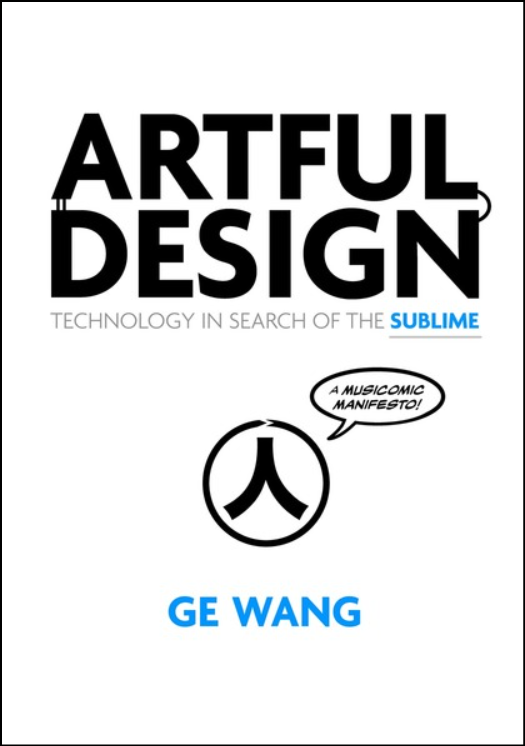
Author Ge Wang takes design principles back to basics in this deep dive into several different aspects of product design.
The Design of Everyday Things
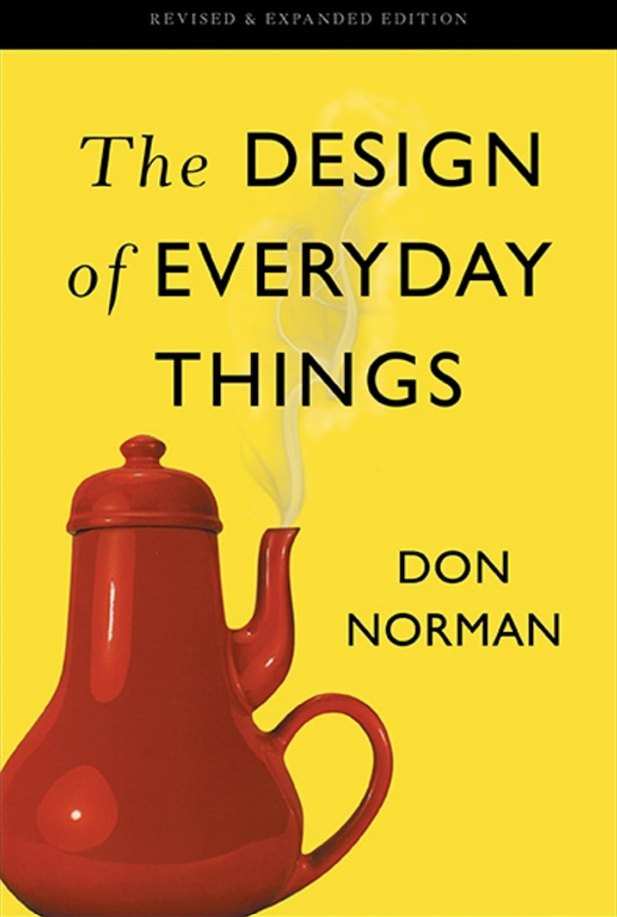
Written by Don Norman, this book takes things that most consumers take for granted and establishes the principles that made these products household items.
Blogs
Blogs usually contain a lot of great information from the perspectives of those already working as product designers. Some of our favorites include:
Yanko Design
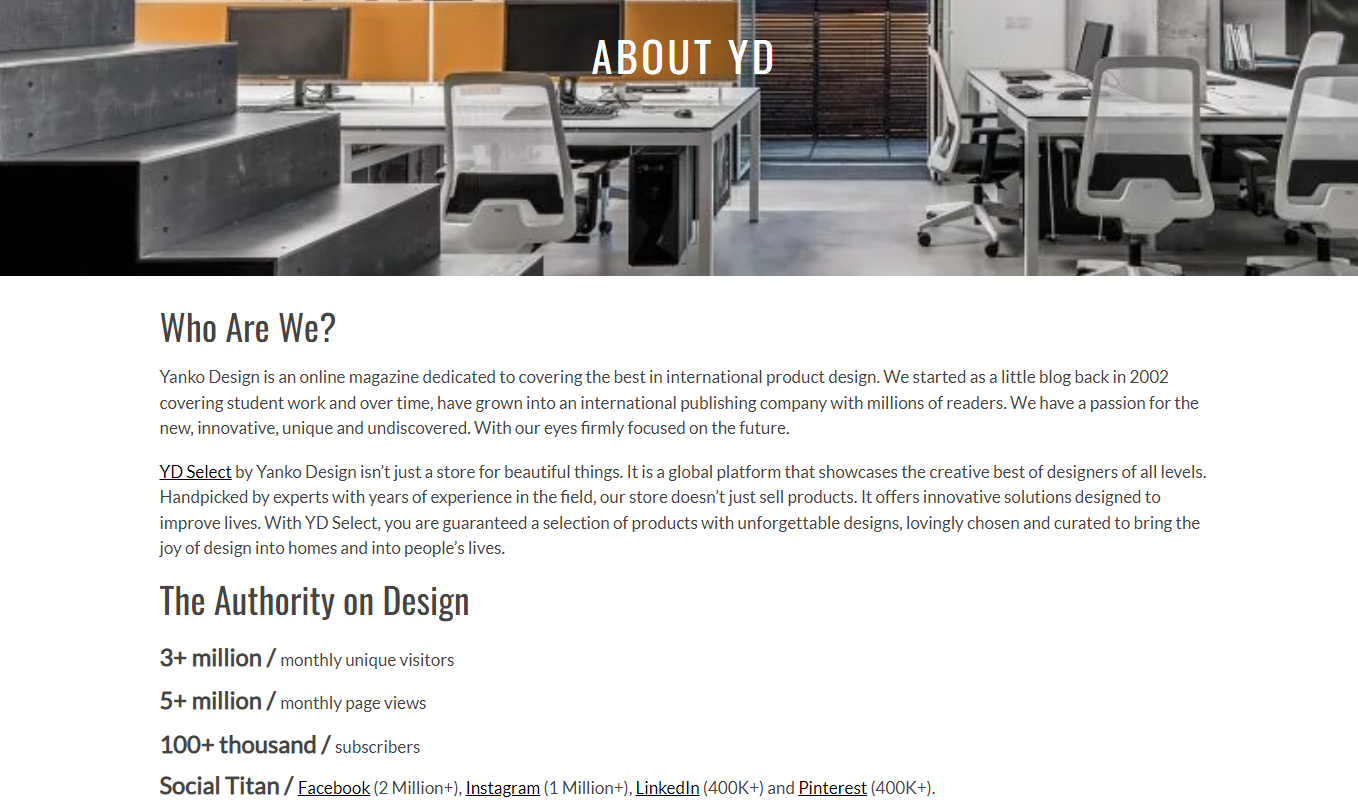
This design website covers new product designs and novelty items from all over the world.
Inhabitat
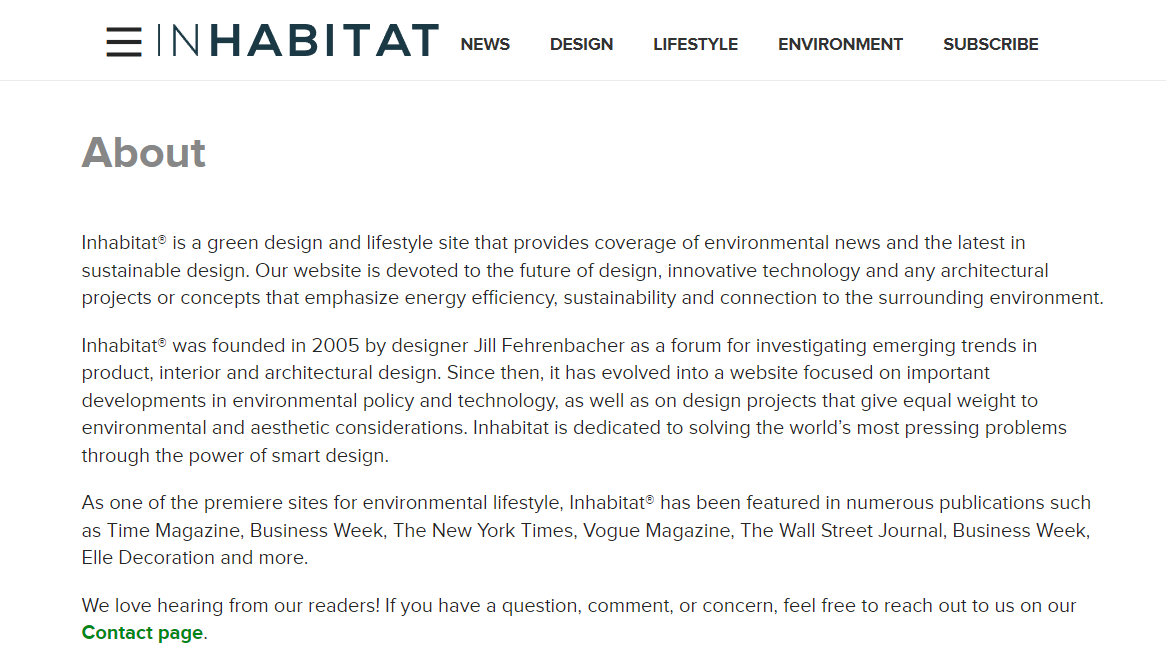
This website is a design website that covers environmental news and sustainably designed products.
Core77
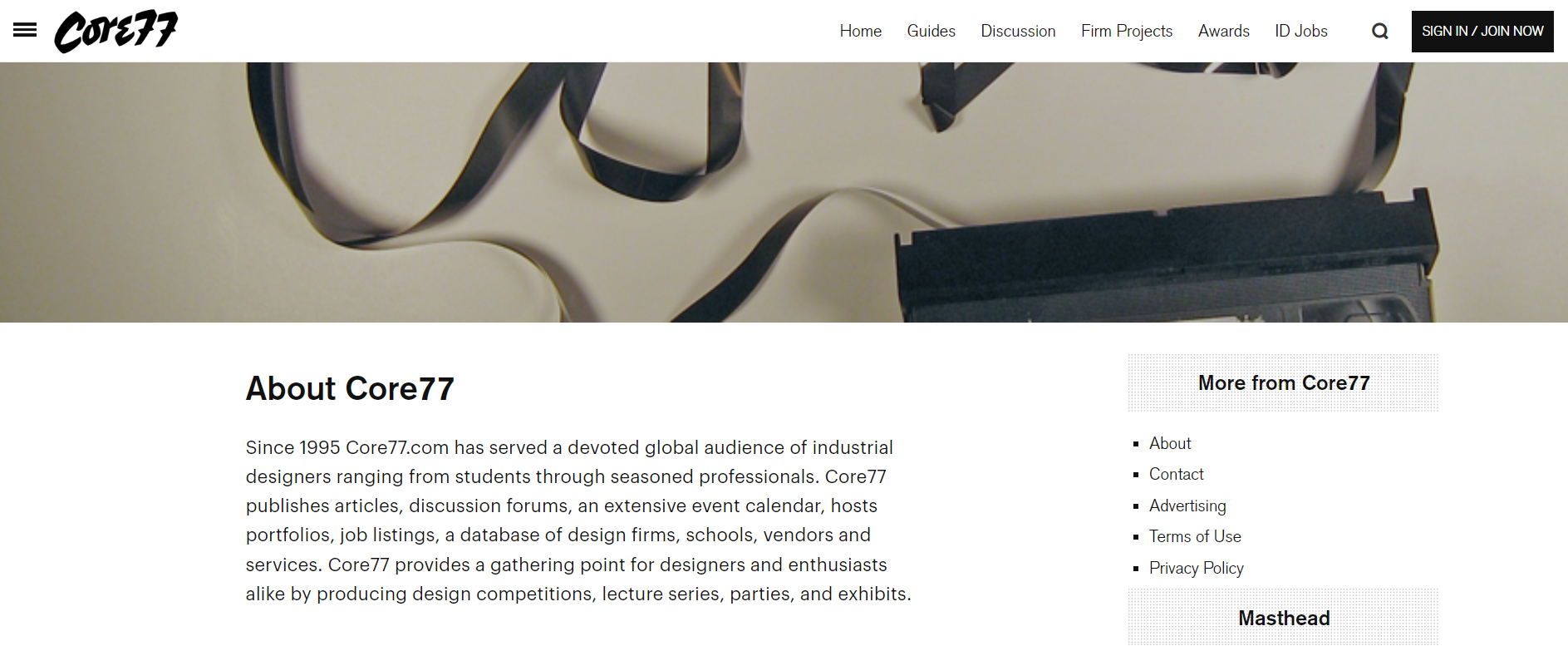
This website is a great resource for both industrial and product design engineers. It covers everything from commercial to consumer designs.
YouTube Channels
There are a number of channels that have come out recently with education on how to break into product design engineering.
Adam James
Adam James is a product design engineer who makes videos about product design topics and how he began working in product design engineering.
Jimmy Design
Jimmy Design is a channel that focuses on product design engineering processes and key concepts of product design engineering.
Take a Course or Bootcamp
One of the best ways to begin your career as a product designer is to take a bootcamp that provides the education, career advice, and certification necessary to propel your career. Courses in design and manufacturing are great tools to help you prepare for the job application process.
Polish Your Skillset
There are a number of skills that you need to have in order to excel in product design engineering. The necessary skills can range from knowing manufacturing methods to understanding the process of concept to production. Unlike many engineering roles, product design requires a balance of both technical and soft skills:
Technical Skills
The technical skills that are necessary for a job in product design engineering range from an understanding of manufacturing principles to the use of 3D design platforms.
Soft Skills
Soft skills required for a career in product design engineering may include an understanding of how to plan production for a product or how to address product production issues throughout the planning process.
Learn the Tools of Product Design Engineering
Mastering the tools that you’ll be working with can help you to integrate your knowledge into any role. Many product design engineering roles use different applications. It’s a good idea to take the time to gain an understanding of how computer-aided design tools and other product design engineering technology work. Some of these tools include:
SolidWorks
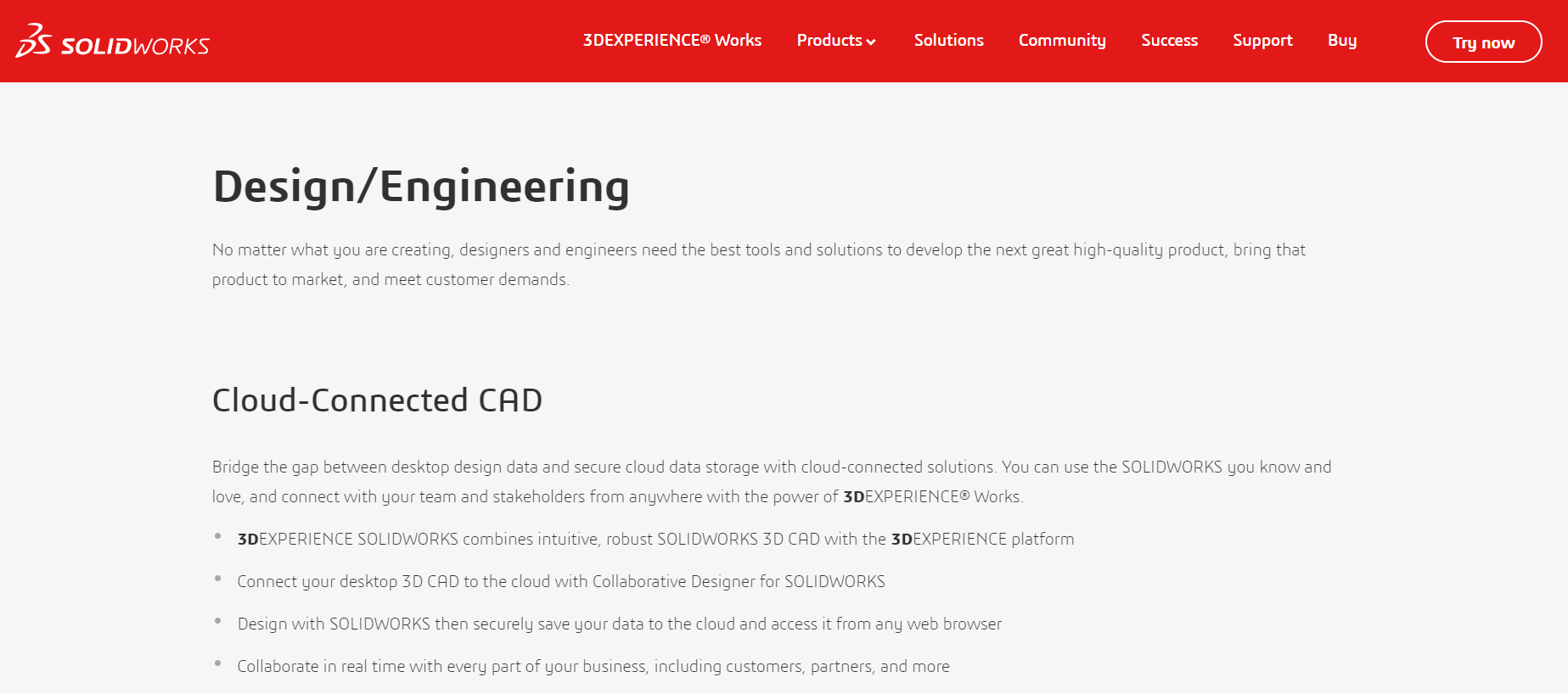
SolidWorks is one of the top 3D CAD tools (computer-aided design tools) and CAE (computer-aided engineering) applications that excels at sophisticated models and simulations.
CATIA
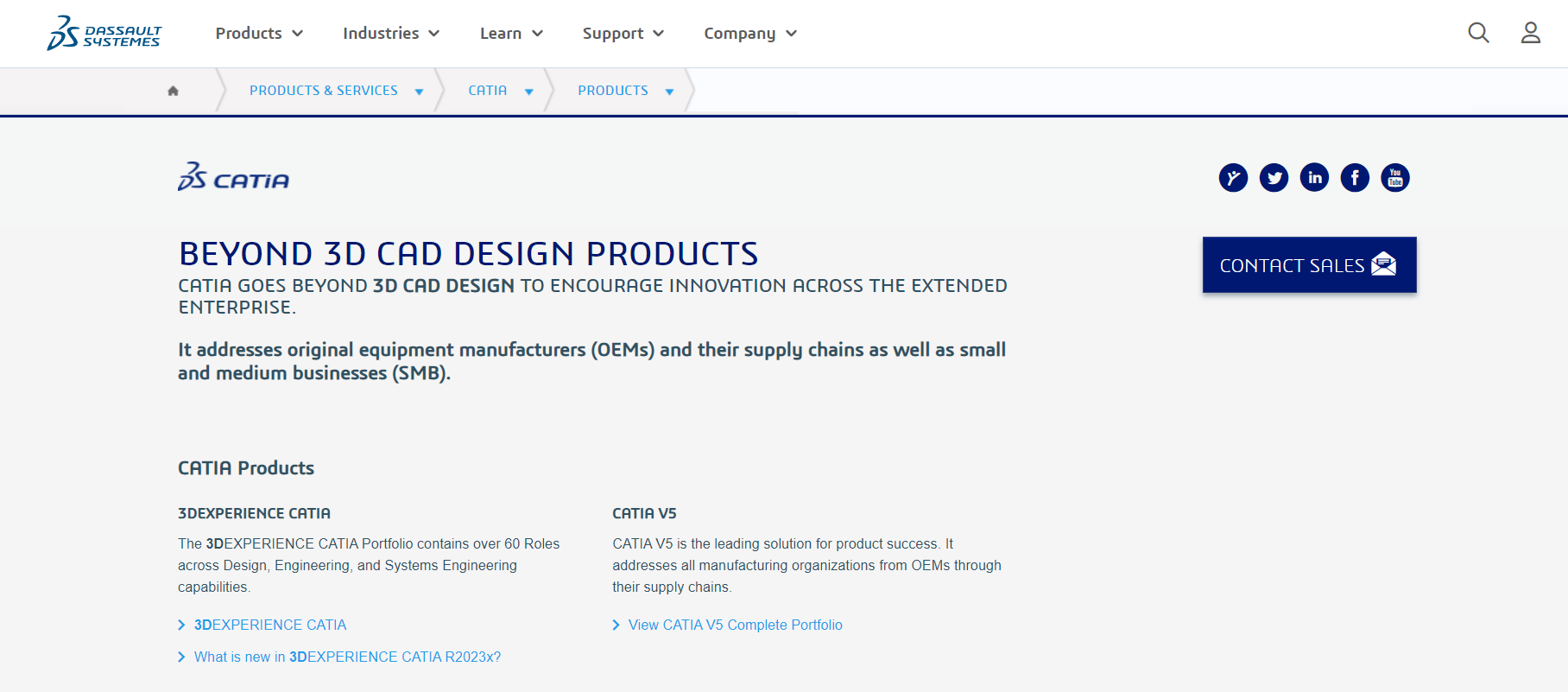
CATIA is one of the many computer-aided design tools used by much of the engineering world to create innovative designs.
InVision
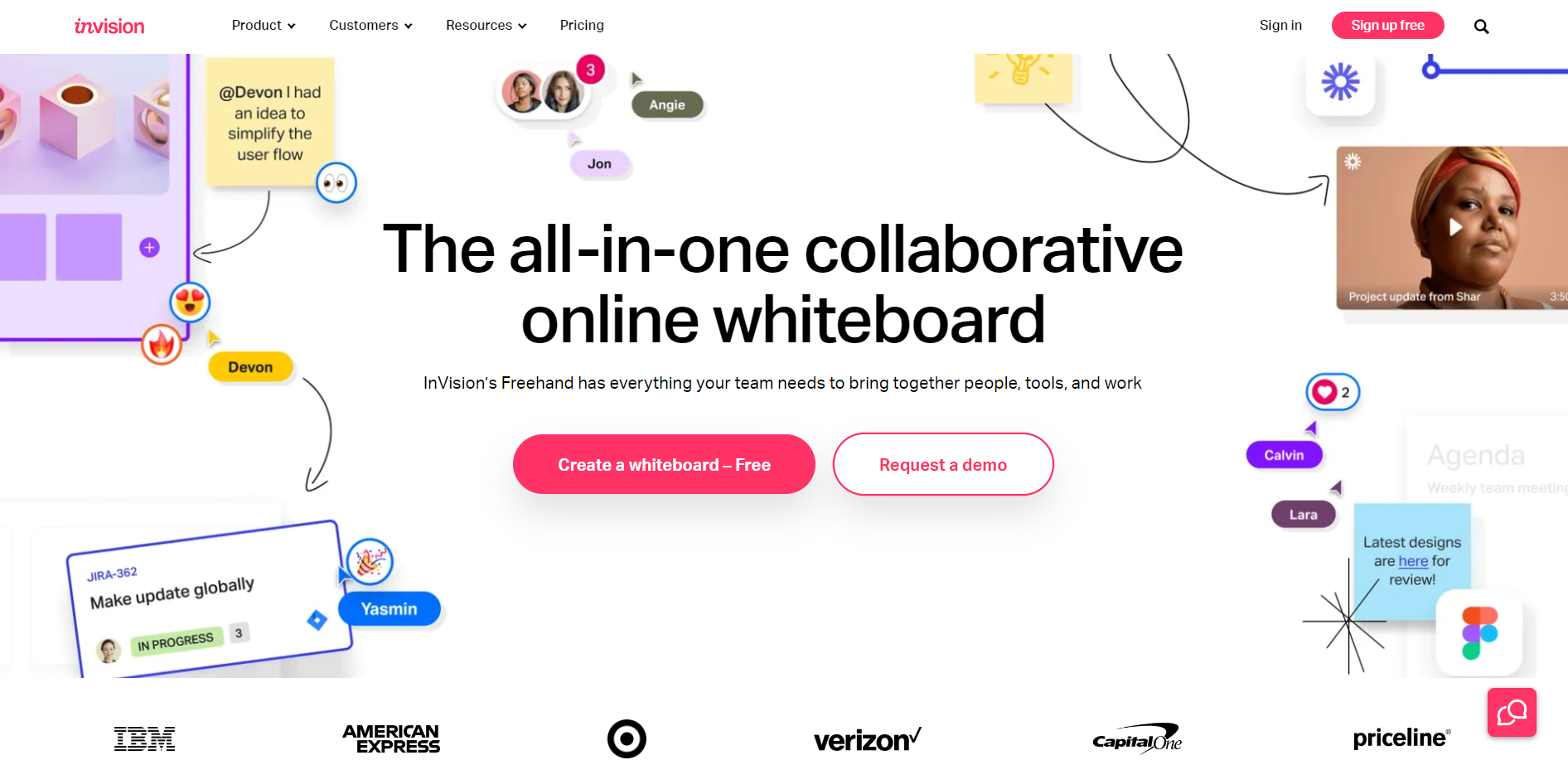
InVision is a collaborative whiteboard application that allows creative teams to work on projects remotely and to help manage project workflow.
Autodesk Product Design and Manufacturing Collection
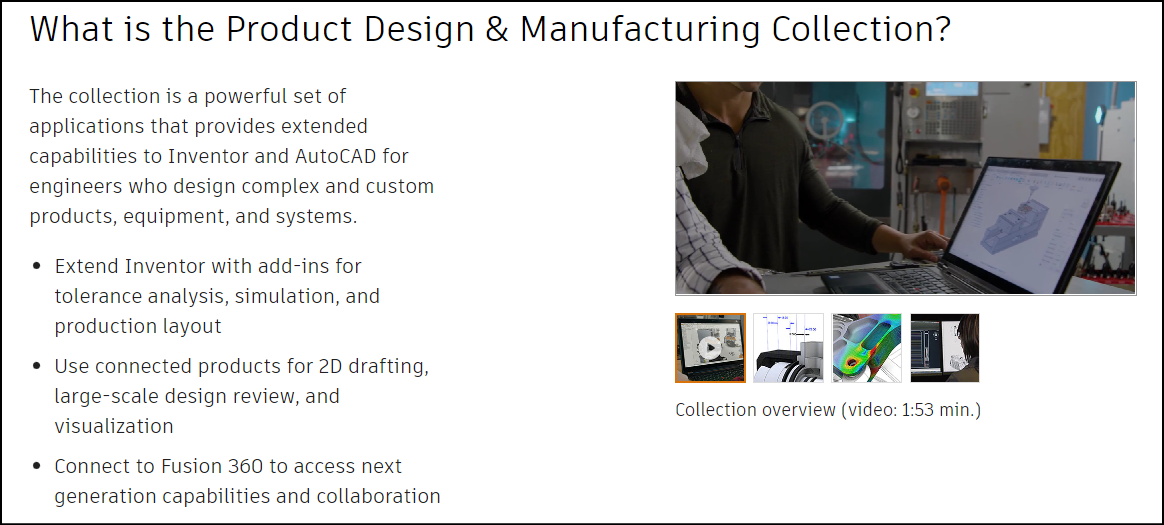
The PDMC (product design and manufacturing) collection by Autodesk is a widely used 3D design tool that integrates several different apps and services.
KeyShot
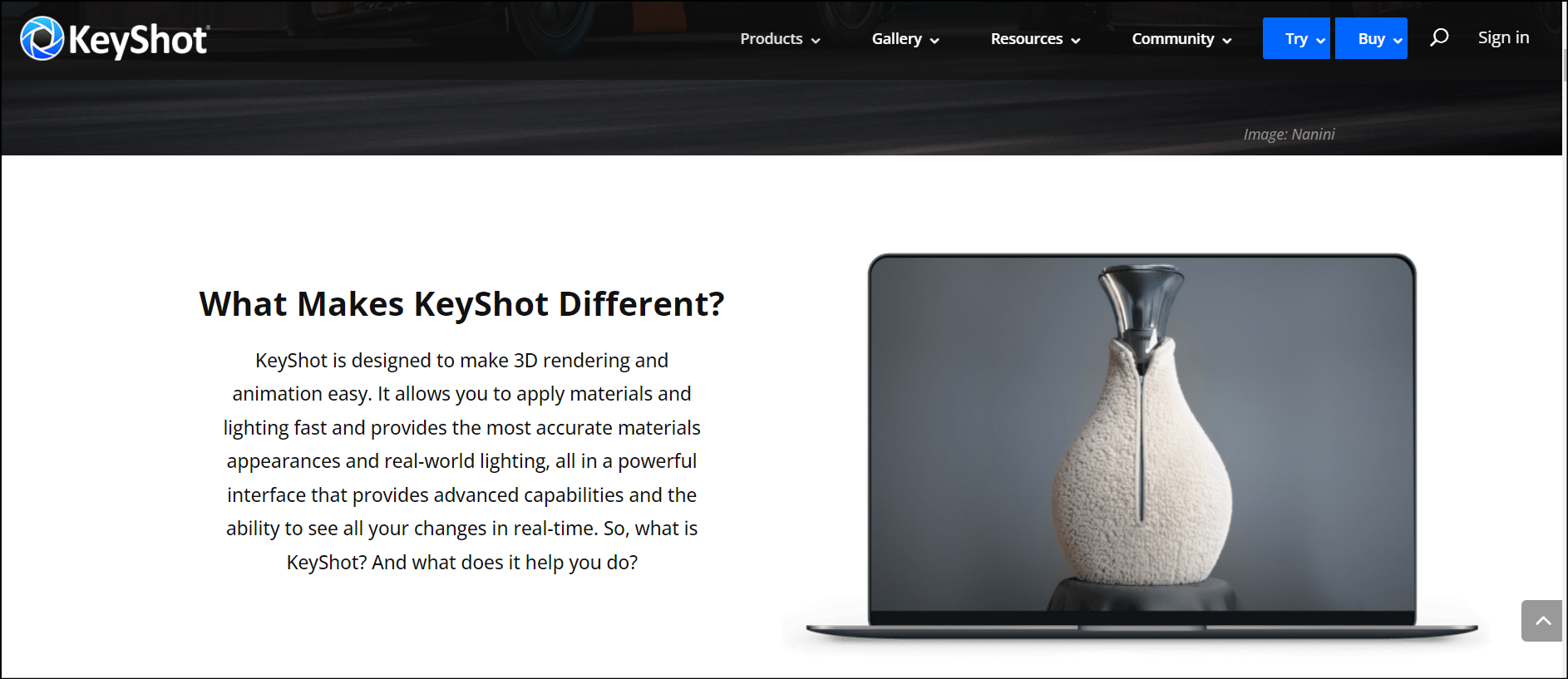
KeyShot is a 3D CAD that boasts impressive visuals and 3D rendering.
Build a Strong Portfolio Through Freelance and Volunteer Projects
In order to find a great job in product design engineering, you have to have experience. Experience is something that many beginners struggle to find if they don’t know where to look. The good news is that there are endless opportunities for creative collaborations online and for freelance work, possibly with a smaller business that isn’t looking for a full-time designer.
Find a Mentor
Find someone who has worked in the industry and can help you navigate through the education, the job search, and the upskilling processes that are necessary to have a fulfilling career.
Pursue an Internship
There are many internships that can provide you with the necessary experience to excel in your career. Internships can often lead to employment either with the company you are interning for or for a similar company that is looking for applications with experience.
Your Network Is Your Net Worth
The worth of your network cannot be overemphasized. Depending on who you are connected with, your process of finding a job in product design engineering might be incredibly difficult or equally rewarding. Here are some great ways to build your network:
LinkedIn is your best friend when it comes to connections in the design world. Being a product design engineer is very specialized, and it’s not uncommon to have trouble finding others in a similar career.
Online Communities
There are many ways that joining an online community can help you to grow. In addition to the support you can get from a virtual community, you can also find educational resources and potential job leads.
Conferences and Meet-ups
Networking at conferences helps you narrow down your network to your area of expertise. Conferences can help communicate ideas and connect you with people who are pursuing similar areas of product design.
Research the Companies You’re Applying to, Tailor Your Resume, and Prepare for Your Interviews
Before you begin your job application process, it’s a good idea to stop and make sure that your portfolio and resume are geared toward a product design engineer position. Applications often need to be tailored for the position that you are applying to, due to the diverse nature of product design engineering positions.
Get To Know Other Design Students
Talayeh Motameni
Senior UX Designer at United Airlines
Arin Soukoule
Design Experience Analyst at Accenture Interactive
Jane French
Founder at Ella Verbs
Product Design Engineer: What Employers Want
Here’s what a standard product design engineer job posting looks like:
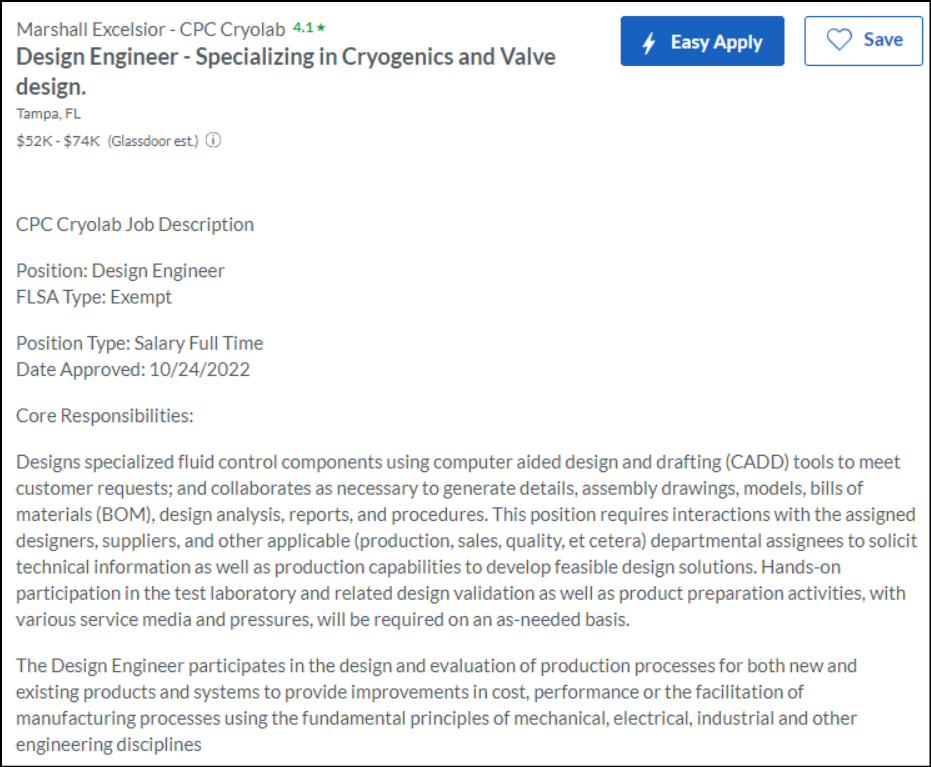
When employers look for a product engineer, they are looking for someone who is able to wear a number of hats in one role. The interdisciplinary nature of product design means that you need to be able to show that you can handle the many different aspects of your job description.
How Much Can You Earn as a Product Design Engineer?
For a product design engineer, salary ranges may be wide between different industries and different companies. However, it’s a highly rewarding specialty with many opportunities for advancement. The high base salary range for a product design engineer makes it a highly desirable position. Below are a few salary ranges, divided by experience level.
Entry-Level Product Design Engineer

The average salary for an entry-level product design engineer is $62,600.
Mid-Level Product Design Engineer

The average salary for a mid-level product design engineer is $73,400.
Senior Product Design Engineer

The average salary for a senior product design engineer is about $124,600.
Where Can You Find Product Design Engineering Jobs?
There are several different ways to find a product engineering job. Here are a few of the most common:
Job Boards
When it comes to landing a job, applying frequently and strategically is one of the best ways to ensure you find a job that meets your needs and allows you to work in an environment where you thrive. Some of the major job boards include:
Indeed
Indeed is a job board for jobs of all categories. Finding a job through Indeed can be as simple as customizing a job search and applying to job postings.
By using LinkedIn, you can utilize both your network and your resume/portfolio to find a job.
Dribbble
This design-specific site showcases portfolios, educational opportunities, and jobs and specializes in helping designers find jobs.
Network
Networking has been repeatedly proven to be the best way to find a satisfying job. Building up your network over time can help you to find collaborative projects and new job opportunities that a simple job search won’t. Utilizing your social networks and professional networks to find a job is considered one of the best ways to find a satisfying role where you can grow.
Online Communities
By finding online communities, you will be able to explore what specific roles interest you within product design. These communities are also spaces for networking and can help you to make valuable connections within the product design world. CAD crowd and Product Design Forums are two communities that you should definitely check out.
FAQs About Becoming a Product Design Engineer
These are a few of the most commonly asked questions about becoming a product design engineer.
Is Product Design Engineering a Good Career?
Product design engineers rate their job satisfaction as above average. Designers who enjoy building complex projects and have a strong capacity for visual creativity and technical understanding will find the job a rewarding career.
Can You Become a Product Design Engineer Without a Degree?
It is completely possible to become a product design engineer without a degree. The key barriers to entry for product design roles are skills that are not necessarily dependent on your having completed a degree. Job applicants will be asked about many topics, with practical experience and job-related skills being some of the most important. A candidate’s level of education is not something that makes or breaks an application.
Does Product Design Engineering Require Coding?
While many product design engineers understand at least one programming language, it is not a requirement. As product design engineering is a largely collaborative process between interdisciplinary teams, some technical skills like coding are carried out by programmers on the team and not necessarily the product designer themselves.
Does Product Design Engineering Pay Well?
Product Design Engineer positions pay well, with the average salary being around $110,000 in the US.
Since you’re here
If you want to work in design, you can. It’s that simple. With our UX Design Course, you’ll launch your career in design in 9 months or less – guaranteed. Browse our free UX salary guide to see what you could be making

